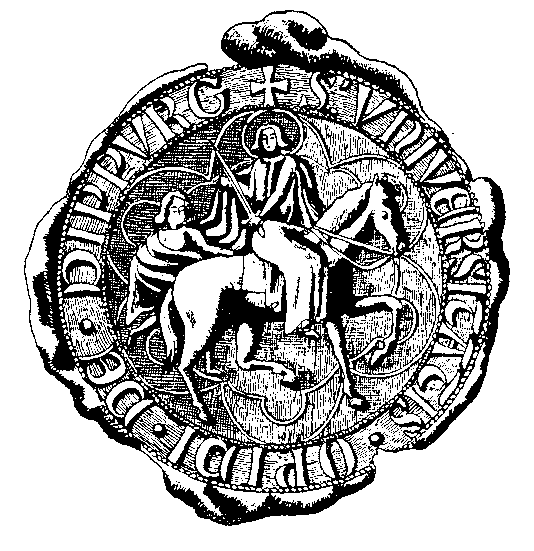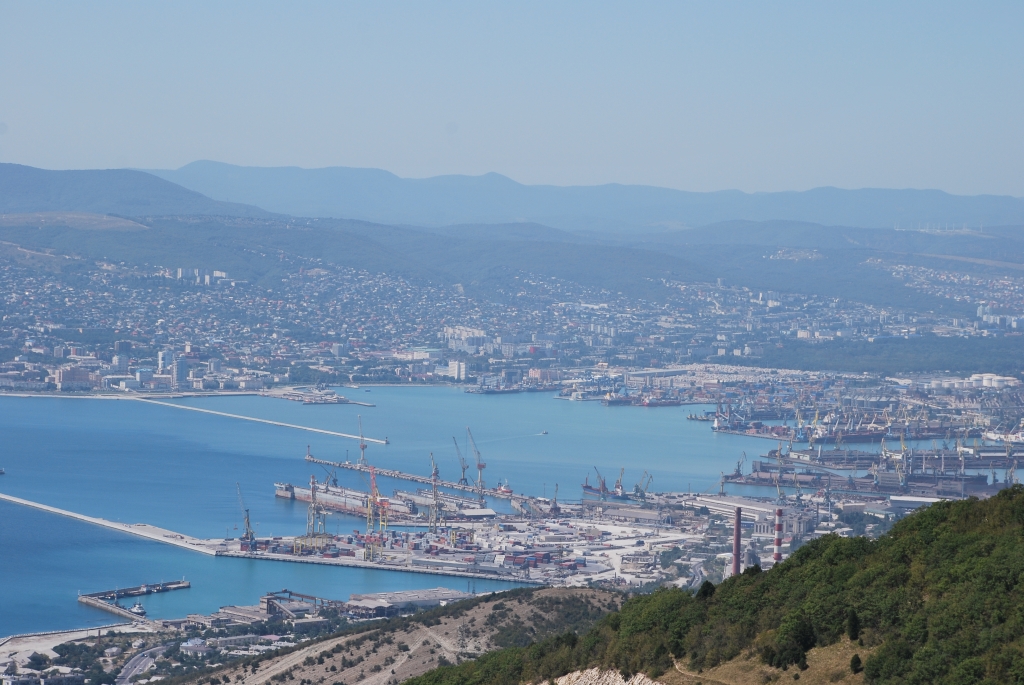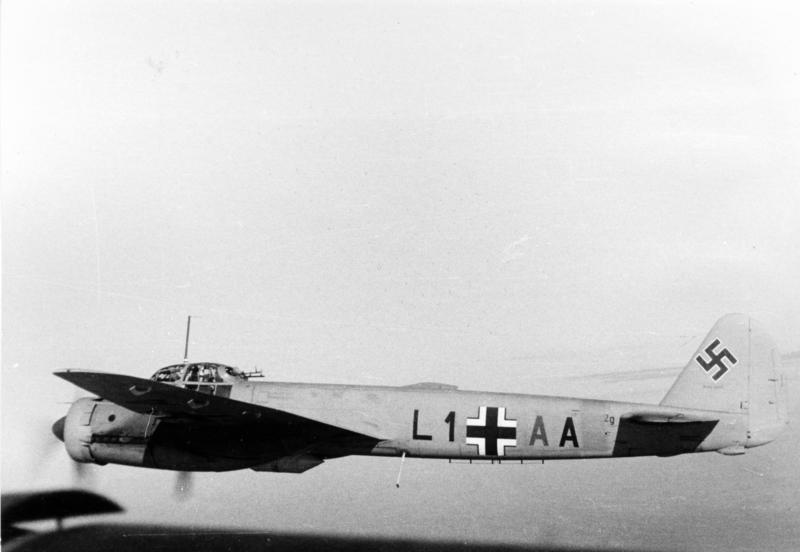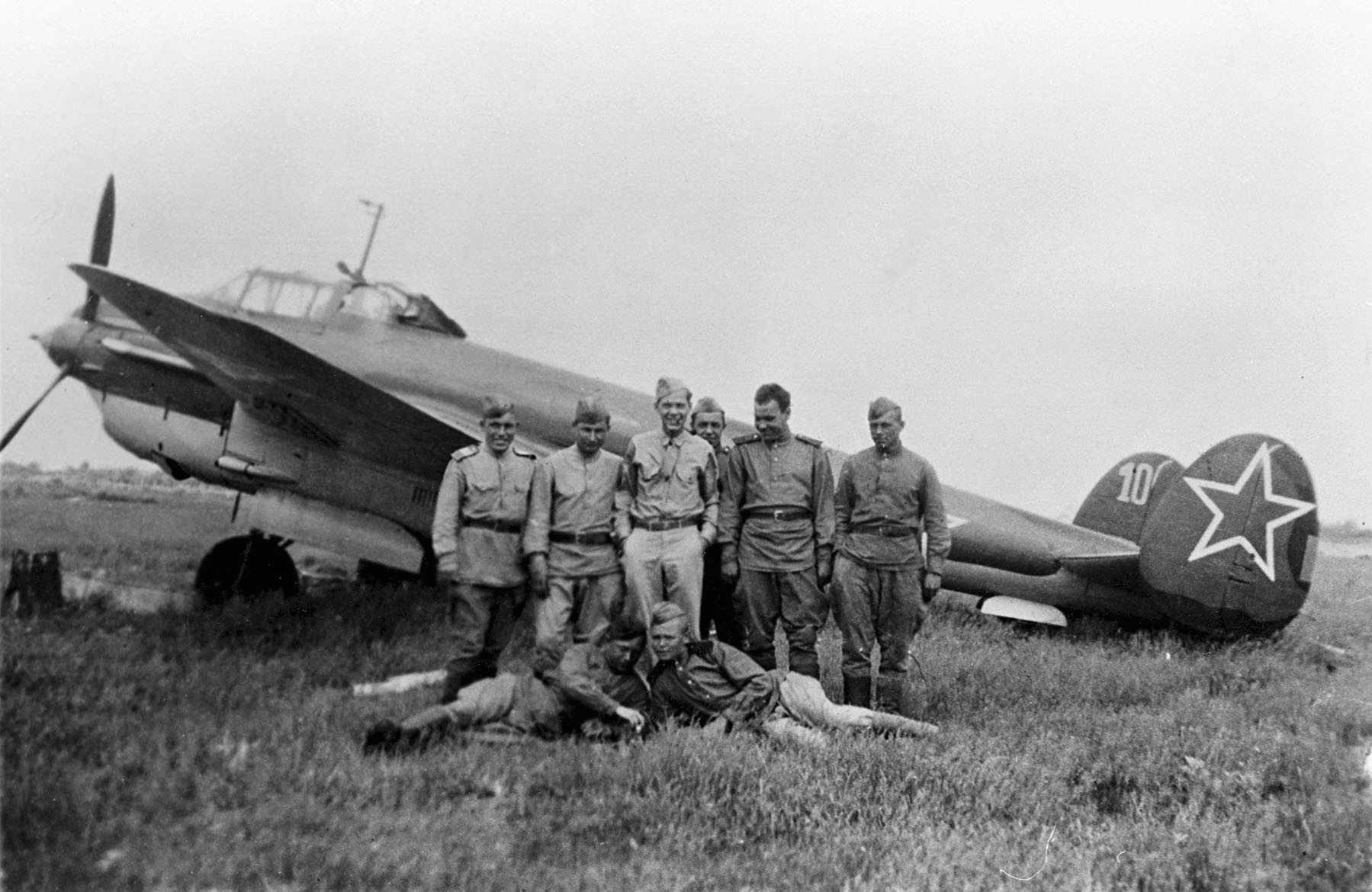|
Heinrich Sturm
Heinrich Sturm (12 June 1920 – 22 December 1944) was a German Luftwaffe military aviator during World War II, a fighter ace credited with 158 enemy aircraft shot down in an unknown number of combat missions. All of his aerial victories were claimed over the Eastern Front. Born in Dieburg, Sturm joined the military service in the Luftwaffe of Nazi Germany and was trained as a fighter pilot. He was then posted to ''Jagdgeschwader'' 52 (JG 52—52nd Fighter Wing) in the summer 1941. JG 52 was based on the central sector of the Eastern Front, where he claimed his first aerial victory on 16 October 1941. In September 1943, he was appointed ''Staffelkapitän'' (squadron leader) of the 4. '' Staffel'' (4th squadron) of JG 52. Sturm was awarded the Knight's Cross of the Iron Cross on 26 March 1944 and severely wounded by bomb shrapnel on 16 April. Following his convalescence, he returned to JG 52, taking command of 5. ''Staffel''. Sturm was killed in a takeoff ac ... [...More Info...] [...Related Items...] OR: [Wikipedia] [Google] [Baidu] |
Dieburg
Dieburg () is a small town in southern Hesse, Germany. It was formerly the seat of the district ("Kreis") of Dieburg, but is now part of the district of Darmstadt-Dieburg. History The town of Dieburg was first named in 1492 in the tax books of the archbishopric of Hessen-Nassau. The city's name is derived from the Middle High German words ''diot'', meaning "people," and ''burg'', meaning "castle." Dieburg therefore refers to the castle of the people, located in the center of the medieval town. The town's centre largely consists of historical timber-framed houses from medieval times. The Dieburg Museum, located in the Fechenbach stately home, displays archeological findings. Of special interest is a Roman temple relief of Mithras and a dyer's workshop. The coat of arms of the town Dieburg shows Martin of Tours. A cultural highlight is the yearly carnival, including a carnival parade that is completely based on honorary posts. Geography Dieburg is situated north of mountain range Ode ... [...More Info...] [...Related Items...] OR: [Wikipedia] [Google] [Baidu] |
Weimar Republic
The Weimar Republic (german: link=no, Weimarer Republik ), officially named the German Reich, was the government of Germany from 1918 to 1933, during which it was a constitutional federal republic for the first time in history; hence it is also referred to, and unofficially proclaimed itself, as the German Republic (german: Deutsche Republik, link=no, label=none). The state's informal name is derived from the city of Weimar, which hosted the constituent assembly that established its government. In English, the republic was usually simply called "Germany", with "Weimar Republic" (a term introduced by Adolf Hitler in 1929) not commonly used until the 1930s. Following the devastation of the First World War (1914–1918), Germany was exhausted and sued for peace in desperate circumstances. Awareness of imminent defeat sparked a revolution, the abdication of Kaiser Wilhelm II, formal surrender to the Allies, and the proclamation of the Weimar Republic on 9 November 1918. In its i ... [...More Info...] [...Related Items...] OR: [Wikipedia] [Google] [Baidu] |
Novorossiysk
Novorossiysk ( rus, Новоросси́йск, p=nəvərɐˈsʲijsk; ady, ЦIэмэз, translit=Chəməz, p=t͡sʼɜmɜz) is a city in Krasnodar Krai, Russia. It is one of the largest ports on the Black Sea. It is one of the few cities honored with the title of the Hero City. Population: History In antiquity, the shores of the Tsemes Bay were the site of Bata ( el, Μπάτα), an ancient Greek colony that specialized in the grain trade. It is mentioned in the works of Strabo and Ptolemy, among others. Following brief periods of Roman and Khazar control, from the 9th century onwards, the area was part of the Byzantine θέμα Χερσῶνος ''Thema Khersonos'' (Province of Cherson). During the 11th century, the area was overrun and controlled by nomads from the Eurasian steppe, led by the Cumans. Later that century, the Byzantine emperor Ἀλέξιος Κομνηνός Alexios I Komnenos ( r. 1081–1118) was approached by Anglo-Saxon refugees, who had left En ... [...More Info...] [...Related Items...] OR: [Wikipedia] [Google] [Baidu] |
Lavochkin-Gorbunov-Gudkov LaGG-3
The Lavochkin-Gorbunov-Gudkov LaGG-3 (Лавочкин-Горбунов-Гудков ЛаГГ-3) was a Soviet Union, Soviet fighter aircraft of World War II. It was a refinement of the earlier Lavochkin-Gorbunov-Gudkov LaGG-1, LaGG-1 and was one of the most modern aircraft available to the Soviet Air Force at the time of Germany's invasion in 1941. Compared to its opponents the LaGG-3 was underpowered and, despite its wooden construction, overweight. It was unpopular with Soviet pilots, but despite this, at one point in the war, on average 12 LaGG-3s were being completed daily and 6,528 had been built in total when production switched to the Yakovlev Yak-3, Yak-3 in 1944. The LaGG-3 was steadily improved, forming the basis for the more successful Lavochkin La-5, La-5 and La-7. Design and development The prototype of the LaGG-3 was called the I-301 and was designed by Semyon Lavochkin, Semyon A. Lavochkin, Vladimir Petrovich Gorbunov, Vladimir P. Gorbunov and Mikhail Gudkov, Mikhail ... [...More Info...] [...Related Items...] OR: [Wikipedia] [Google] [Baidu] |
Leutnant
() is the lowest Junior officer rank in the armed forces the German (language), German-speaking of Germany (Bundeswehr), Austrian Armed Forces, and military of Switzerland. History The German noun (with the meaning "" (in English "deputy") from Middle High German «locum tenens» (in English "place holder") was derived from the French word about 1500. In most German-speaking armies it is the lowest officer rank (in German-speaking navies (English "Lieutenant at sea")). In the German Bundeswehr the ranks and belong to the rank group. In some other armed forces (such as the former National People's Army) there is the lower grade of Unterleutnant. From about 1500 until the middle of the 17th century the designation of was commonly used for any deputy to a commanding officer. So at the army level there was the appointment of (English "lieutenant-general"), at the regimental level there was that of (English "lieutenant-colonel"), and at the company level the was deputy to ... [...More Info...] [...Related Items...] OR: [Wikipedia] [Google] [Baidu] |
Stab (Luftwaffe Designation)
The German language term ''Stab'' (literal translation: " staff") was used during World War II to designate a headquarters unit of the German ''Luftwaffe'' (air force). There were ''Stab'' units at the level of a '' Gruppe'' or ''Geschwader'' – units that were equivalent to wings and groups in the air forces of the English-speaking world. ''Stab'' units directly controlled aircraft as well as controlling those belonging to subordinate units. These command units used the mandated blue or green "staff aircraft" colour for the third character (the individual aircraft's letter) of their alphanumeric ''Geschwaderkennung'' wing code, to distinguish their aircraft from the rest of air units in the same unit. These units were divided in the following form, for the fourth and last character normally used to distinguish individual '' Staffeln'' (squadrons) from the letter "H" onwards in Luftwaffe wing codes: *''Geschwader Stab'' = A (third letter blue) *''Stab I Gruppe'' ("Staff U ... [...More Info...] [...Related Items...] OR: [Wikipedia] [Google] [Baidu] |
Kriegsschule (Wehrmacht)
A ''Kriegsschule'' was a general military school used for basic officer training and higher education in Germany starting in as early as the 17th century. There have been many Kriegsakademies ( War academy), 'Kriegsschulen' (War Schools), or even Ritterakademies (Knight academy) in Germany. Origins The institutions were originally created to correct the defective education of the aristocracy because the knight order complained, "the young noblemen were too quickly tired of schools and studies show that even those who would choose to war over the necessity and the complaints are too easily fatigued and returned home." After the Seven Years' War (1756-1763), Frederick II was faced with the task of reorganizing and refreshing the army. Due to the war in all of the European countries, it became obvious that the education of the officers was lacking. It was believed that the experience of war taught all that was necessary. After the war, the Germans recognized the importance of ... [...More Info...] [...Related Items...] OR: [Wikipedia] [Google] [Baidu] |
Petlyakov Pe-2
The Petlyakov Pe-2 (russian: Петляков Пе-2) was a Soviet twin-engine dive bomber used during World War II. One of the outstanding tactical attack aircraft of the war,Ethell 1996, p. 152. it also proved successful as a heavy fighter, as a night fighter ( Pe-3 variant) and as a reconnaissance aircraft.Angelucci and Matricardi 1978, p. 234. The Pe-2 was, numerically, the most important Soviet bomber of World War II, at their peak comprising 75% of the Soviet twin-engine bomber force.Smith 2003, pp. 155. The Soviets manufactured Pe-2s in greater numbers (11,430 built) during the war than any other twin-engine combat aircraft except for the German Junkers Ju 88 and the British Vickers Wellington.Guston 1980, p. 173. Several communist air forces flew the type after the war, when it became known by the NATO reporting name ''Buck''. Development In 1937, Vladimir Petlyakov was the leader of the Heavy Aircraft Brigade at the Tupolev OKB responsible for the development of the ANT-4 ... [...More Info...] [...Related Items...] OR: [Wikipedia] [Google] [Baidu] |
Tver
Tver ( rus, Тверь, p=tvʲerʲ) is a city and the administrative centre of Tver Oblast, Russia. It is northwest of Moscow. Population: Tver was formerly the capital of a powerful medieval state and a model provincial town in the Russian Empire, with a population of 60,000 on 14 January 1913. It is situated at the confluence of the Volga and Tvertsa Rivers. The city was known as Kalinin ( rus, Кали́нин, Kalínin) from 1931 to 1990. The city is where three rivers meet, splitting the town into northern and southern parts by the Volga River, and divided again into quarters by the Tvertsa River, which splits the left (northern) bank into east and west halves, and the Tmaka River which does the same along the southern bank. History Medieval origins Tver's foundation year is officially accepted to be 1135,Charter of Tver, Article 1 although there is no universal agreement on this date and some estimates place it as late as the second half of the 13th century. The ... [...More Info...] [...Related Items...] OR: [Wikipedia] [Google] [Baidu] |
Strategic Offensive
An offensive is a military operation that seeks through an aggressive projection of armed forces to occupy territory, gain an objective or achieve some larger strategic, operational, or tactical goal. Another term for an offensive often used by the media is "invasion", or the more general "attack". An offensive is a conduct of combat operations that seek to achieve only some of the objectives of the strategy being pursued in the theatre as a whole. Commonly an offensive is carried out by one or more divisions, numbering between 10 and 30,000 troops as part of a combined arms manoeuvre. The offensive was considered a pre-eminent means of producing victory, although with the recognition of a defensive phase at some stage of the execution. A quick guide to the size or scope of the offensive is to consider the number of troops involved in the side initiating the offensive. Offensives are largely conducted as a means to secure initiative in a confrontation between opponents. They ... [...More Info...] [...Related Items...] OR: [Wikipedia] [Google] [Baidu] |
Battle Of Moscow
The Battle of Moscow was a military campaign that consisted of two periods of strategically significant fighting on a sector of the Eastern Front (World War II), Eastern Front during World War II. It took place between September 1941 and January 1942. The Soviet defensive effort frustrated Adolf Hitler, Hitler's attack on Moscow, the capital and largest city of the Soviet Union. Moscow was one of the primary Strategic goal (military), military and political objectives for Axis forces in their Operation Barbarossa, invasion of the Soviet Union. The German Strategic Offensive, named Operation Typhoon, called for two Pincer movement, pincer offensives, one to the north of Moscow against the Kalinin Front by the 3rd Panzer Army, 3rd and 4th Panzer Army, 4th Panzer Armies, simultaneously severing the Saint Petersburg–Moscow Railway, Moscow–Leningrad railway, and another to the south of Moscow Oblast against the Western Front (Soviet Union), Western Front south of Tula, Russia, Tul ... [...More Info...] [...Related Items...] OR: [Wikipedia] [Google] [Baidu] |
Erich Woitke
Erich Woitke (29 January 1912 – 24 December 1944) was a fighter pilot 'ace' serving in the German Luftwaffe during World War II. Early life Woitke was born 29 January 1912 in Mülheim, near Duisburg. Military career ''Leutnant'' Woitke served with the fighter unit 1./J 88 of the Condor Legion during the Spanish Civil War. He recorded his first victory on 27 September 1937, claiming a Republican I-16 "Rata". He claimed 3 more victories, all "Ratas" before returning to Germany. From the early stages of his career until his death, Woitke was considered outspoken, and anti-authoritarian, and his attitude to authority would lead him into conflict with his superiors on numerous occasions. He is reputed to have received the German Cross in Gold from Hermann Göring in person, only to hurl the award on the floor while making disparaging remarks. World War II In February 1940, ''Oberleutnant'' Woitke was made ''Staffelkapitän'', 6./JG 3, leading the unit through the Battle of France. ... [...More Info...] [...Related Items...] OR: [Wikipedia] [Google] [Baidu] |





